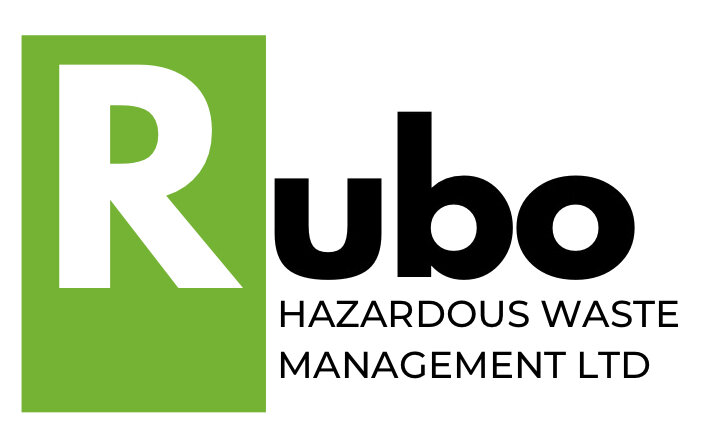Best Practices for Hazardous Waste Packaging and Labelling
Proper packaging and labelling of hazardous waste are essential for ensuring safety, compliance, and environmental protection. These practices minimise risks during transport, storage, and disposal while meeting legal requirements set by UK regulations such as the GB CLP Regulation and the Environmental Protection Act.
At Rubo Hazardous Waste Management, we help businesses navigate these requirements with tailored solutions. Here’s what you need to know about best practices in hazardous waste packaging and labelling.
1 - Packaging Hazardous Waste Safely
Packaging plays a vital role in preventing spills, contamination, and exposure during the handling and transport of hazardous materials.
Key Requirements:
Prevent Leakage: Packaging must prevent the escape of the contents under normal handling conditions.
Durable Materials: Use robust, chemical-resistant materials suitable for the waste type. For example, corrosive waste requires containers that withstand acid or alkali exposure.
Secure Closures: Replaceable closures must remain leak-proof even after repeated use.
Best Practice Tips:
Store containers in covered, ventilated areas to prevent damage from weathering
Label packaging immediately after sealing to avoid misidentificationAvoid open-topped containers for hazardous waste
2 - Labelling Hazardous Waste Accurately
Labels communicate critical information about the hazards and safe handling of the waste. Proper labelling is a legal requirement under the GB CLP Regulation
What to Include on a Hazard Label:
Hazard Pictograms: Symbols such as the flame for flammables or the skull and crossbones for toxicity
Signal Words: Either "Warning" or "Danger," depending on the severity of the hazard
Hazard Statements: Descriptions like “May cause skin irritation” or “Toxic if inhaled”
Precautionary Statements: Instructions such as “Wear eye protection” or “Do not release to the environment”
Supplier Information: Name, address, and emergency contact details of the waste handler
Common Errors to Avoid:
Avoid misleading terms like "safe," "eco," or "non-toxic" for hazardous materials.
Ensure all labels are written in English as required for the UK market
3 - Segregation and Storage for Safety
Before packaging, ensure hazardous waste is segregated to prevent reactions between incompatible materials. For example, flammables should not be stored with oxidisers.
Storage areas must:
Be clearly marked with the types and quantities of waste storedInclude secondary containment systems to prevent leaks from spreading.
Be located away from watercourses and sensitive perimeters
4. Legal and Environmental Compliance
Compliant packaging and labelling are essential for adhering to regulations and avoiding penalties. Inadequate practices can lead to accidents, environmental damage, and reputational harm.
How Rubo Can Help
Rubo offers expert hazardous waste management services, ensuring your packaging and labelling meet all legal and safety standards. From providing UN-approved containers to preparing compliant labels, we streamline the process so you can focus on your business.
